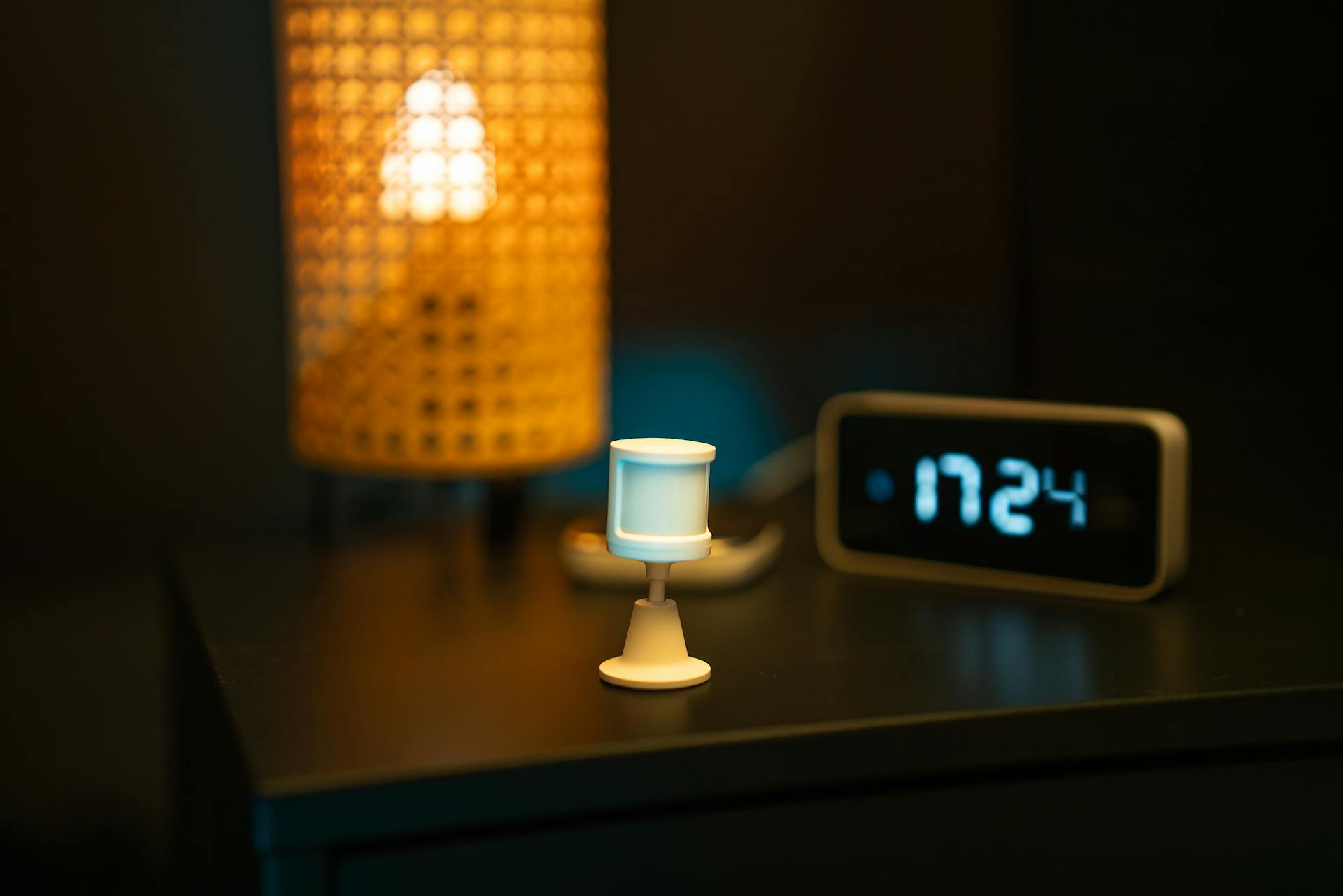Picture this: walking into your home, where the lights automatically dim to your favorite setting, a thermostat controls the perfect temperature, and security systems work flawlessly—all autonomously. It is at the junction of real estate and smart home technology with the IoT that an industry in transformation resides. It’s a revolution founded upon increased convenience, vast improvements in energy efficiency, and security while improving the quality of life. As these technologies become more sophisticated and pervasive, they are changing the expectations and demands of modern homeowners and tenants.
What Are Smart Homes and IoT?
A smart home is a house or any residence fitted with interconnected devices that can be controlled remotely or through automation. The devices, often powered by IoT technology, communicate with each other via the internet to provide seamless control over various aspects of the environment in the home. IoT stands for Internet of Things, which is referred to as a network of physical objects that have been implanted or integrated with sensors, software, and other technologies to make them capable of connecting and exchanging data with other devices and systems via the internet.
Convenience and Comfort Enhanced
Besides convenience and comfort, there are other factors that make smart homes very appealing. Smart thermostats, be it Nest or Ecobee, learn through occupants’ behavior what their ideal temperature setting is, so they set it automatically to achieve maximum comfort while saving energy. Smart lighting systems, like Philips Hue, can be automated to change in brightness and color depending on the time of day or activity for the perfect ambiance in any situation.
It assists voice-controlled assistants, like Amazon’s Alexa and Google Home, in controlling many devices with iterations of the user’s voice. This makes playing music, setting reminders, or operating smart appliances easier and more fun if all these actions are to be started and tracked by voice.
Energy Efficiency and Sustainability.
The smart home is a growing business area in sustainability and energy efficiency promotion. Devices like smart thermostats and energy monitors record, in real-time, information most useful in deciding how to reduce personal energy use. For example, because smart thermostats follow occupancy patterns, they can significantly decrease energy use with heating and cooling.
Smart plugs and power strips can be pre-programmed when devices are not in use to avoid the consumption of unnecessary energy. It is also made possible by smart irrigation systems, which optimize water usage in landscaping: devices monitor weather conditions and soil moisture levels to ensure that gardens get the right amount of water without any loss through wastage.
Enhancing Security
Security is one of the major concerns of every home holder, and smart home technology has some really robust solutions for this. Surveillance—smart security systems with cameras, doorbells, and locks—have live monitoring coupled with alerts that greatly enhance the safety of homes. Devices such as the Ring doorbell let homeowners view visitors remotely and interact with them, thus deterring possible intruders.
Most smart locks enable keyless entry and remote access, allowing a homeowner to grant access for guests or service providers who need access to the house without having to physically present themselves. Most often than not, events are accompanied by a log of activities, and as such, it would be possible for one to know exactly who has entered and left one’s home.
Integration and Automation
What really empowers smart homes is integration and automation among devices. Smart home hubs, such as Samsung SmartThings or Apple HomeKit, integrate the control of various devices into one platform to create a cohesive and efficient home ecosystem. There are automation routines that result in any action based on the trigger. This can range from turning off lights and locking doors when nobody is home to adjusting your thermostat when somebody arrives.
Challenges and Considerations
As much as there are a number of benefits to be reaped, challenges also do concur in the integration of IoT into real estate. First and foremost, privacy and security considerations have to be given a center seat because devices can easily be hacked. Ensuring robust security measures and educating home owners on best practices is very important in mitigating these risks.
Moreover, smart home devices and systems require huge investments by a homeowner. Again, with improving technology, the prices for these gadgets are bound to drop, thereby democratizing smart homes.
The Future of Smart Homes and IoT in Real Estate
The future is bright in smart homes and IoT in real estate. With improvements in AI and machine learning, the devices will be ever more intuitive and highly personalized. More predictive maintenance—systems that predict problems and stop them before they become significant issues—will make the convenience of smart homes even larger.
Furthermore, the integration of renewable energy sources, like solar panels, into smart home systems will drive sustainability, rendering the home not just smarter but also greener.
Conclusion
The impact of smart home technology and IoT in real estate has changed the way of living. From additional convenience and comfort to energy efficiency and safety, these are the technologies setting a new benchmark for modern life. As these concepts of smart home technology further solidify, they will be part of the real estate landscape that defines the future abode and smart, sustainable communities.

Image Source: pexels.com








